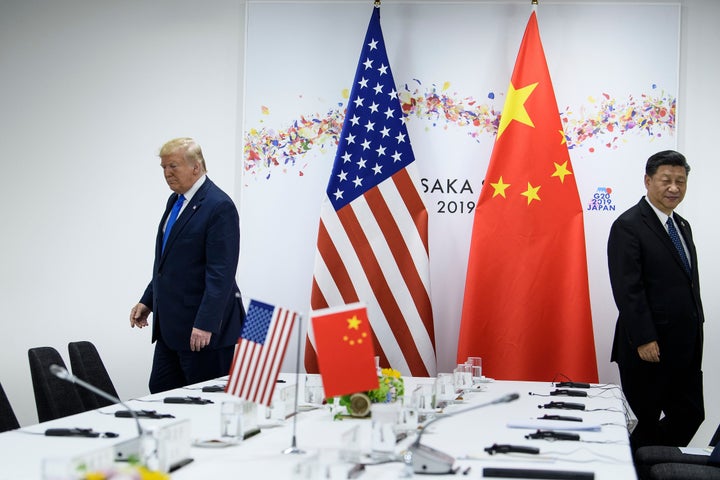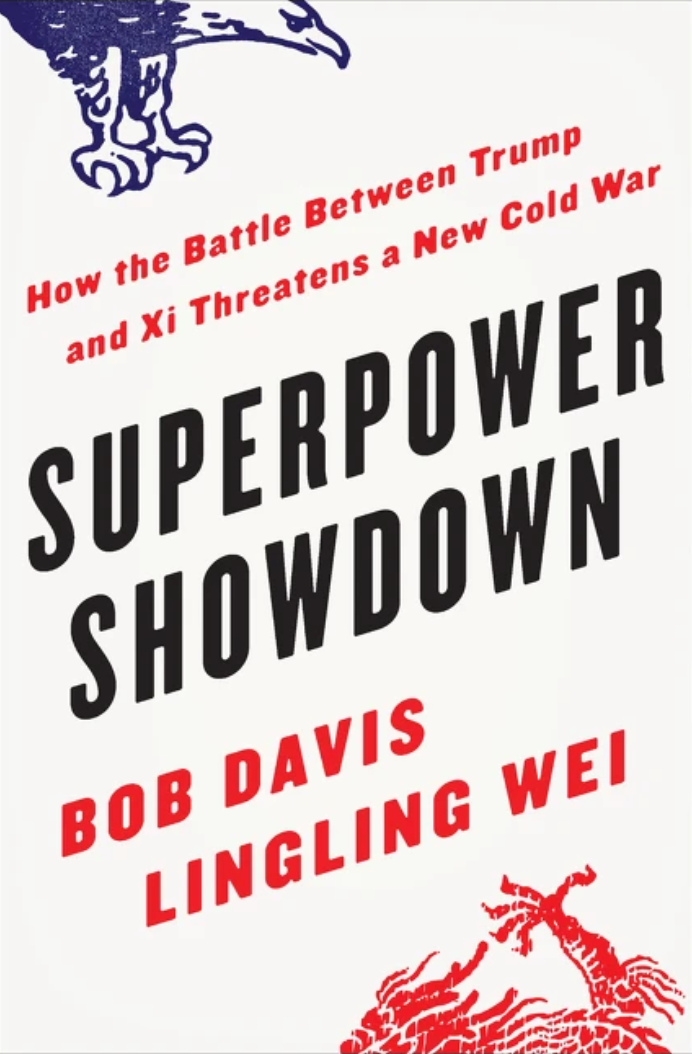
Where did the administration go wrong in the execution of its China policy? Look first at Trump’s unwillingness to work with allies.
As we detail in earlier chapters, Trump used his first working day in the White House to pull out of the Trans-Pacific Partnership, a trade deal among a dozen Asia-Pacific nations. He then brawled with allies over steel and aluminum tariffs, and threatened them with car tariffs, rather than try to work together on China. As his onetime strategist Steve Bannon put it, the Trump team wanted to “flood the zone.” Two years later, the colorful metaphor describes the Trump team’s failure to come up with priorities and strategy.
Lighthizer rejects the criticism. He says the administration hasn’t ignored allies and points to trilateral talks with Japan and Europe to devise common policies for taking on China.
Those talks have been important symbolically in showing Beijing that America’s allies weren’t defecting. By early 2020, after two years of meetings, the discussions were just starting to produce results. In January, the three parties agreed on the kinds of subsidies they wanted barred. Among them were industrial subsidies that kept companies afloat indefinitely even though the firms had no “credible plan” to become profitable, and subsidies to firms that couldn’t
get commercial loans and were deepening global overcapacity. That would apply to Chinese steel, aluminum, and glass makers, who lose money year after year, but get state loans that keep them in business and allow them to flood the global market. The talks took so long because European nations were wary that any agreement on subsidies would be used to attack Airbus and other European government-owned companies.
A Japanese senior official described the dynamics this way: Japan and the EU are trying to convince the United States to address problems multilaterally. The United States is trying to convince Japan and the EU to tackle the tough issues they all have with China. Neither side has succeeded fully.
Next, the three partners must lobby other WTO members in Geneva to back their proposed rules. If other powerful countries join, they will turn to China and press it to accept what would then be a global standard. “The question is if we can get a critical mass of countries to go along,” says EU Trade Minister Phil Hogan in an interview.
To Lighthizer, stalemate is a regular feature of multilateral approaches. “The EU has a hard time deciding, with its twenty-eight members, and Japan won’t act alone,” he says in an interview. “We work with allies, but we don’t let them veto doing things” the United States thinks are appropriate.
Undoubtedly, recruiting allies is a tedious and tough slog. But its importance is hard to overstate. International pressure forced China to make substantial changes to join the WTO. Only after country after country—and most importantly, the United States—demanded reform as the cost of entry to the multilateral organization, did China agree. That should be a model to guide the United States now.

Excerpted with permission from SUPERPOWER SHOWDOWN: How the Battle Between Trump and Xi Threatens a New Cold War by Bob Davis and Lingling Wei, HarperCollins.